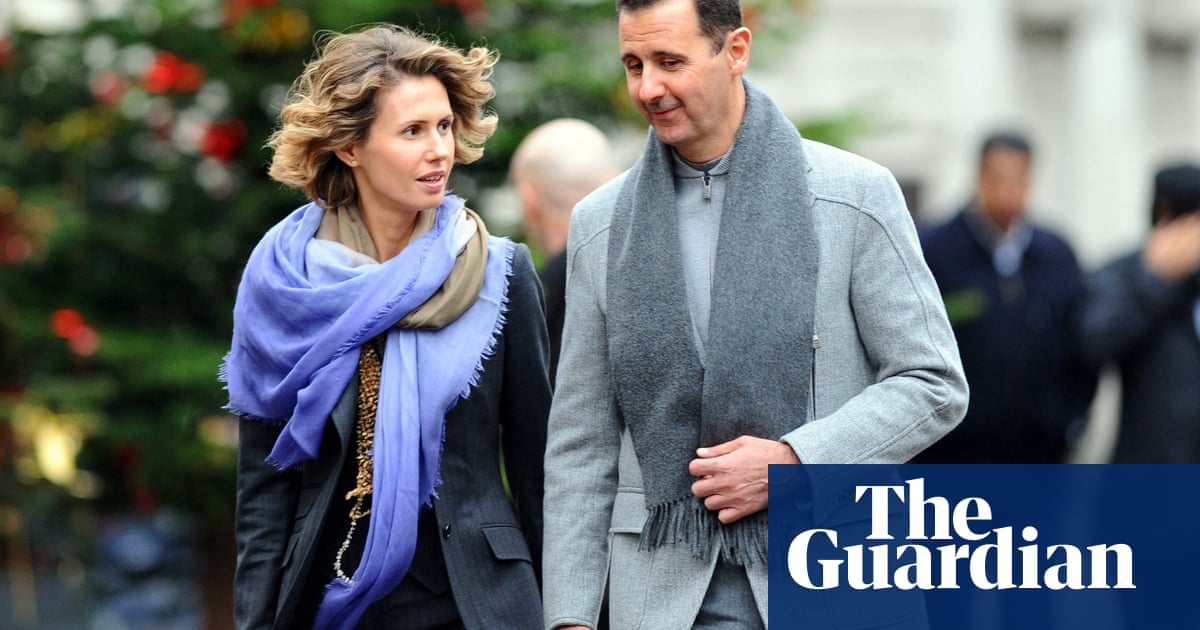Sports
A new sports park in south London is ‘much needed’ to support population growth, teams say | CBC News

The idea of a regional sports park in south London is being welcomed by sports teams, who say more facilities will help meet the needs of the city’s growing population and boost local tourism.
A proposal to rezone a large, empty plot of land on 3640 Dingman Drive for an open space sports recreational facility with multiple fields, amenities and trails is coming to city council’s planning and environment committee on Tuesday.
Having a large space to accommodate various sports will give more teams access to fields and allow them to host large-scale tournaments with visitors from surrounding communities, said Aaron Lauterbach, president and head coach of London United Competitive Soccer Club.
“I think it’s long overdue. The city is aware that there’s a field shortage in this community and they’re finally taking some action on it, which is great,” he said.
“Most of the facilities the city has developed are in the north where most of the population growth has been in London, so to have something in the south-end would be beneficial.”
The land, currently a commercial industrial property, is 13.5 hectares located south of Exeter Road, where Highways 401 and 402 meet. The proposed park may include fully lit sports fields, parking lots, pathways and washrooms, a staff report said.
It will provide a much needed recreational centre in a neighbourhood where population growth is projected in the coming years, said the area’s councillor Steve Lehman.
“What I like about this is that right now there’s no development around this land. In the years to come this is going to be heavily developed for sure,” said Lehman, who also chairs the planning committee.
“There’s going to be a lot of housing around here so it’s very forward thinking by our staff that now’s the time to have this facility built and set aside before it’s gobbled up by development.”
The land’s proximity to major highways is a key opportunity for people from neighbouring communities to visit local restaurants, hotels and other businesses which will boost London’s economy and help it become a bigger sports centre like Toronto, said Lehman.
Existing sports facilities are “booked solid,” and many teams are struggling to find fields for practices and tournaments. With growing interest in sports like cricket, the park will bring more opportunities for Londoners to participate, Lehman added.
Mike Lumley, head coach of the London Badgers baseball team, agrees. Although he doesn’t know what sport fields will be included in the park, Lumley said the need for large fields is on the rise.
“With the way the city is growing right now and the diverse cultures, I think one of the sports now that is not serviced enough for the growing population is cricket,” he said. “The city definitely needs more facilities and it’s tough to get them in communities.”
Lumley said large baseball diamonds like Labatt Memorial Park and the Aldridge Field are usually full and sometimes his team and others have to practice at smaller fields, which can be a challenge for skill development at tournaments held in large diamonds.
“It doesn’t give you time to break down skills. Games are fun but when we’re failing at a skill but we can’t pull [players] aside because of the lack of practice time, then that becomes an issue,” he said.
If approved, the city’s parks and forestry department will hold a public participation process in 2025 to determine the final layout of uses on the site, and get feedback from Londoners on what they want included in the park.










